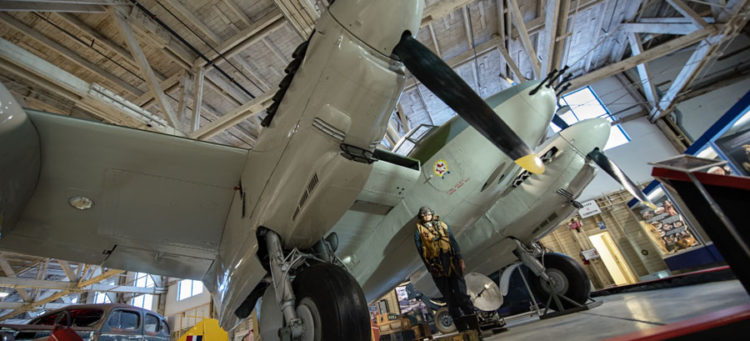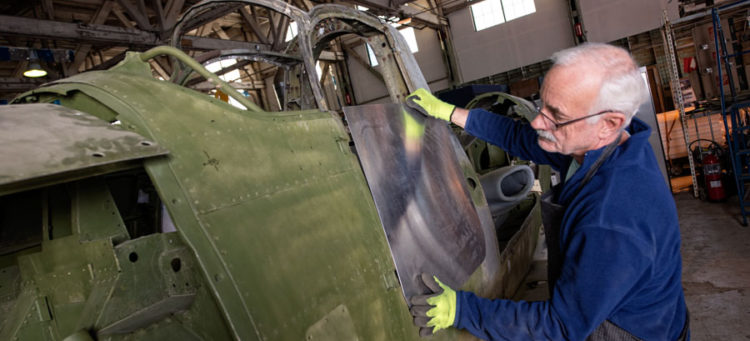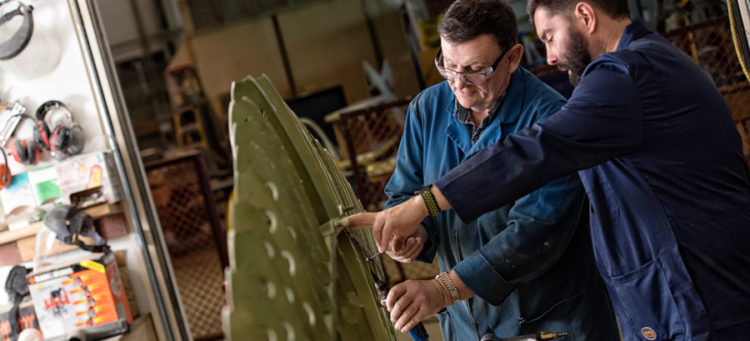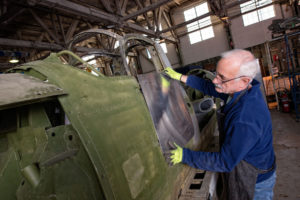In the Spotlight
Alberta Aviation Museum: The New History of Flight - A new face for the Alberta Aviation Museum
Words by Robert Michon
December, 2017
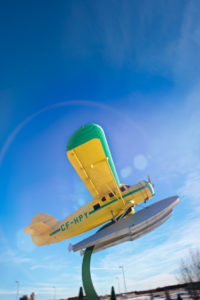 With the recent closure of Edmonton’s City Centre Airport, you might have wondered if the airfield’s historic aviation museum would be shutting down, too. Well, wonder no more. Not only is the museum staying open, the staff and the volunteers have been hard at work (for over a year) reinventing the hangar to attract a new generation of museum-goers. The results are nothing short of impressive. Their growing collection of exhibits tell the story of central Alberta and the role that airplanes have played in our history—from transportation, to exploration, to war. In fact, if a visit wasn’t on your winter to-do list, squeeze it in. You’ll discover new exhibits, new stories and maybe even a passion for all things aviation. We certainly did. Take a look.
With the recent closure of Edmonton’s City Centre Airport, you might have wondered if the airfield’s historic aviation museum would be shutting down, too. Well, wonder no more. Not only is the museum staying open, the staff and the volunteers have been hard at work (for over a year) reinventing the hangar to attract a new generation of museum-goers. The results are nothing short of impressive. Their growing collection of exhibits tell the story of central Alberta and the role that airplanes have played in our history—from transportation, to exploration, to war. In fact, if a visit wasn’t on your winter to-do list, squeeze it in. You’ll discover new exhibits, new stories and maybe even a passion for all things aviation. We certainly did. Take a look.
A Proud Legacy
The Aviation Museum is only 25 years old, but Blatchford Hangar, the name of the building that houses the museum, will be celebrating its 91st birthday this summer. In those 91 years, the airport has played a huge role not only in Edmonton’s history but in world’s history, too.
“The history of aviation in this city is simply incredible,” says Zena Conlin, the museum’s marketing manager. “And you can really see it all here, right down to the plough that was used to break ground on the airport over 90 years ago.”
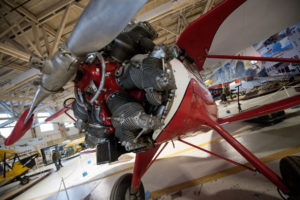 It may be hard to believe, but during the Second World War, the Blatchford Airport was the busiest airfield in the world. Over 800 allied planes would fly through on a daily basis, using Edmonton as a final stop before heading off to their wartime destinations. Since then, it has served as a home to bush pilots making trips to Canada’s north, as well as to regular passengers, hoping to return home for the holidays.
It may be hard to believe, but during the Second World War, the Blatchford Airport was the busiest airfield in the world. Over 800 allied planes would fly through on a daily basis, using Edmonton as a final stop before heading off to their wartime destinations. Since then, it has served as a home to bush pilots making trips to Canada’s north, as well as to regular passengers, hoping to return home for the holidays.
An Evolving Story
In the past, the hangar of the museum housed dozens of aircraft, each paired with a plaque. Today, the planes are still there but are now surrounded by life-sized dioramas, each telling an engaging story.
“We’re really trying to focus on the storytelling element,” says Conlin. “Instead of just plopping down an aircraft with a description next to it, we’re trying to put it into context through the visual design of the exhibit.”
A new focus has also been placed on the exploration of forgotten or ignored histories from Blatchford’s past. “There were quite a few female pilots in the early days of aviation that haven’t really been glorified in the same way as their male counterparts,” explains Conlin. “The same can be said of women who worked in the hangars or in radio control.”
Living History
As impressive as the exhibits are, they take up only half of the double-wide Blatchford Hangar. On the other side, you’ll find the museum’s workshop space, where retired pilots, mechanics and hobbyists volunteer their time to restore old aircraft and talk to the public about their work. While some may find it hard to relate to statistics and names on plaques, the restoration space is where you can see history come alive. 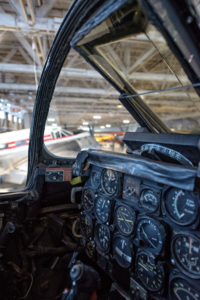
“We wouldn’t be able to do any of this without our volunteer team,” says Conlin. “As aviation technology changes, the knowledge and skills that older generations carry is in danger of being lost.” With the restoration space, this expertise and the living connection to history can be put on display for all museum-goers to see.
A Permanent Fixture
The Aviation Museum is planning to become the major attraction of the upcoming Blatchford residential neighbourhood, and a major tourist site for visitors to Edmonton, too. As the volunteers continue their work, the exhibits will expand, and more stories will be recovered from the archives, bringing a love of aviation history to generations to come. t8n
- air planes
- airlines
- airport
- Alberta Aviation Museum
- flight
- helicopters
- history
- museum
- pilot
- pilots
- plane
- planes
- stories
- story
- tourism
- tourist


